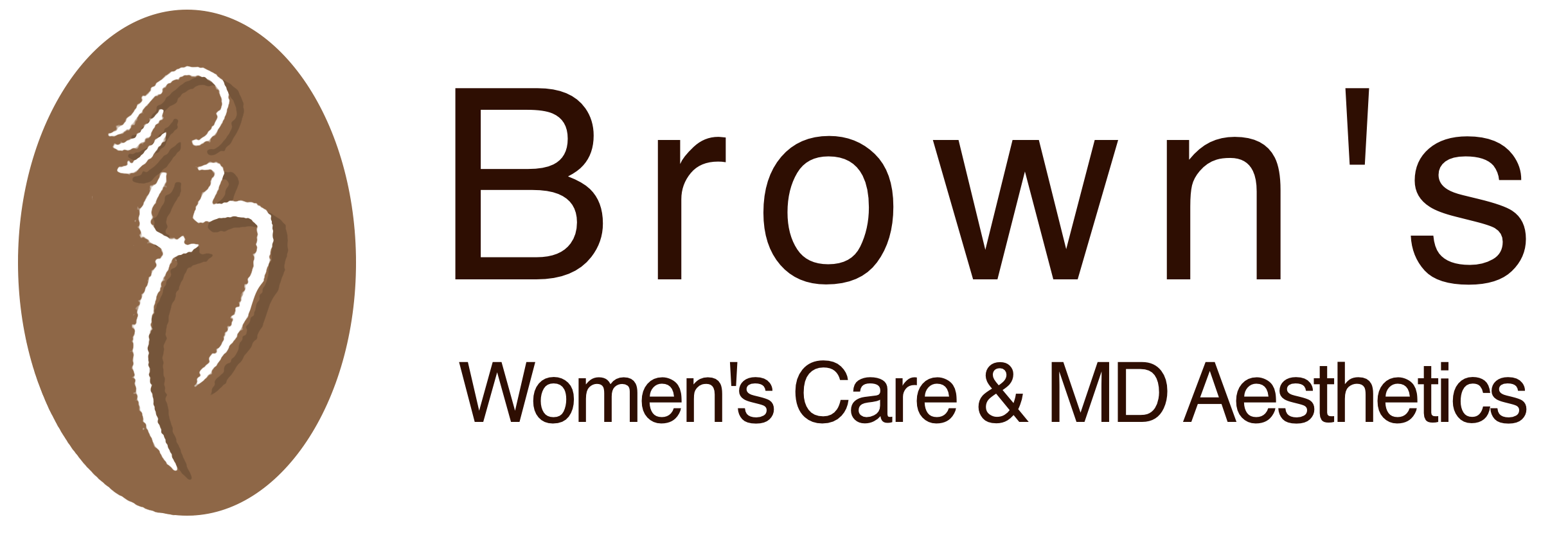Our Services
One of the main benefits of Botox is that it is a minimally invasive procedure. The injections are relatively painless and do not require any downtime, meaning that patients can return to their normal activities immediately after treatment. While some minor side effects, such as bruising or swelling, may occur, these typically resolve quickly.
In addition to its cosmetic uses, Botox is also used to treat a variety of medical conditions, such as muscle spasms, chronic migraines, and excessive sweating. In these cases, Botox is used to target specific muscles or nerves, helping to alleviate symptoms and improve quality of life.
As with any medical procedure, it is important to consult with a qualified and experienced healthcare professional before undergoing Botox treatment. This will ensure that the treatment is safe and effective for your specific needs and goals.
Overall, Botox is a versatile and effective treatment that can help to reduce the appearance of wrinkles and fine lines on the face, as well as treat a range of medical conditions. With its minimally invasive nature and relatively short recovery time, it has become a popular choice for those looking to enhance their appearance or alleviate symptoms of certain medical conditions.

